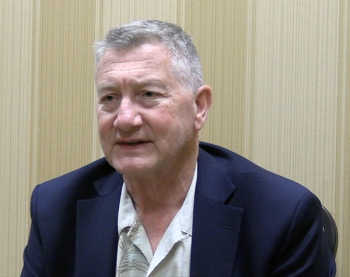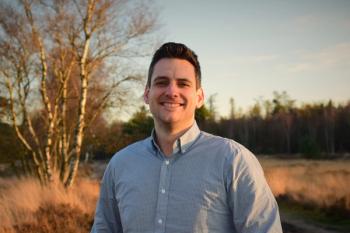
Characterizing Bark Quality Using Mid-Infrared and Near Infrared Spectroscopy
A recent study out of New Zealand examined how near-infrared (NIR) and mid-IR spectroscopy can be used for quality control analysis of tree bark.
Spectroscopic techniques, such as near-infrared (NIR) spectroscopy and mid-IR spectroscopy, can help characterize tree bark, which is essential for ensuring product quality and optimizing biorefinery processes, according to a study published in Biomass and Bioenergy (1).
Tree bark is an important natural resource for humans, and it has been used for medicinal, energy, and agricultural purposes (2). In the agriculture industry, tree bark is often used for mulching because it reduces evaporation on the soil surface, allowing crops to keep more water (2). Spectroscopic techniques, such as attenuated total reflectance Fourier transform infrared (ATR-FT-IR) spectroscopy, have been used in previous studies to classify different types of wood (3). This study, led by James H. Bridson at Scion Research, located in Rotorua, New Zealand, is a natural extension of previous studies on the subject.
In their study, Bridson and the team used NIR and mid-IR spectroscopy to demonstrate the potential of utilizing forestry bark residues as a feedstock for sustainable biorefineries (1). The study focused on Pinus radiata bark, analyzing various properties including hot water extract yield, gross calorific value, ash content, and properties of the hot water extract such as total phenolic content, monomer concentration, and molecular weight (1). Using NIR and mid-IR spectroscopy, the research team developed calibration models using partial least squares (PLS) regression.
The findings indicated that both NIR and mid-IR spectroscopy can predict critical chemical properties of bark with reasonable accuracy. Particularly, the calibration models for gross calorific value and total phenolics showed good predictive performance, with a coefficient of determination (R²) greater than 0.82 and root mean square error of cross-validation (RMSECV) (1). However, predictions for hot water extract yield and molecular weight were less reliable, with R² values below 0.69 (1).
This study revealed several key insights. One of these was that it demonstrated how NIR spectroscopy can be used in an industrial setting. Compared to mid-IR spectroscopic instrumentation, NIR instruments are generally less expensive, more robust, and require less sample preparation, making them more suitable for rapid quality control in a bark biorefinery (1).
The study's recommendation for the adoption of NIR spectroscopy in commercial bark biorefineries is based on its practicality and efficiency. Implementing NIR spectroscopy could facilitate rapid quality control analysis of incoming bark, ensuring consistent product quality and refining yields (1). This approach aligns with the broader industry trend towards more sustainable and cost-effective production methods.
The potential benefits of this research extend beyond the forestry sector. By providing a reliable method to assess and utilize bark residues, biorefineries can reduce reliance on traditional feedstocks, lower operational costs, and contribute to a circular economy (1). This advancement also aligns with global efforts to reduce carbon footprints and promote sustainable industrial practices.
By leveraging the advantages of NIR spectroscopy, biorefineries can achieve greater efficiency and sustainability. As industries continue to evolve, using NIR spectroscopy in industry will be important in driving environmental and economic benefits.
References
(1) Bridson, J. H.; Thumm, A.; Cooke-Willis, M. Comparison of Near Infrared and Mid-Infrared Spectroscopy for the Prediction of Pinus radiata Bark Chemical Properties Relevant to a Biorefinery. Biomass and Bioenergy 2024, 185, 107235. DOI: 10.1016/j.biombioe.2024.107235
(2) Pásztory, Z.; Mohácsiné, I. R.; Gorbacheva, G.; Börcsök, Z. The Utilization of Tree Bark. BioRes. 2016, 11 (3), 7859–7888. https://bioresources.cnr.ncsu.edu/resources/the-utilization-of-tree-bark/
(3) Ozgenc, O., Durmaz, S., and Kuştaş, S. Chemical Analysis of Tree Barks Using ATR-FTIR Spectroscopy and Conventional Techniques," BioRes. 2017, 12 (4), 9143–9151.
Newsletter
Get essential updates on the latest spectroscopy technologies, regulatory standards, and best practices—subscribe today to Spectroscopy.




